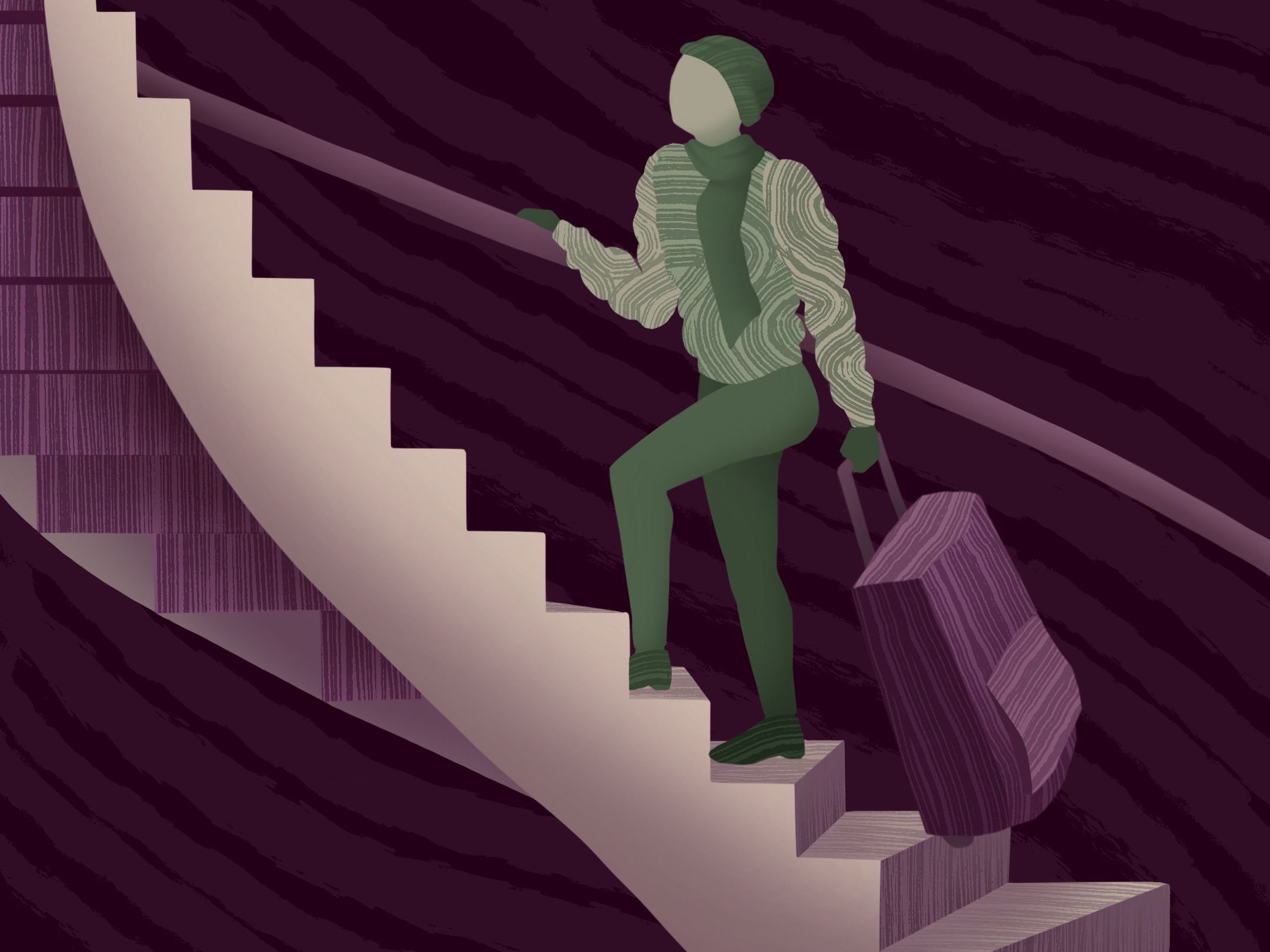
Clarissa is a solo traveler who has been to 64 countries on the backpacker’s budget, or $30/day.
The average American flies 3.6 times per year, taking about 208 flights in their lifetime.
If I were to do some quick mental math, I’ve been on at least 100 flights. By April, I’ve already flown 12 times in 2025. That’s 12 days of my life spent partially at an airport and around 54 hours sitting on an airplane.
Having inherited a terrible lifelong plague of motion sickness, I unfortunately can’t watch movies or read books or even look at a screen on a plane. I also can’t sleep on planes. Instead, I sit there, awake, listening to my long Spotify rotation of My Chemical Romance, Arctic Monkeys and various hits from The Strokes, and stare out the window if I’m lucky enough for a window seat. And I think. For 16 hours. Just me and my thoughts. Scary, right?
As such, I don’t love flying. But I do love the airport experience before a flight.
Most people hate airports. They’re full of loud announcements, crowds, endless lines, stiff chairs, generally not-so-nice security officers yelling at you to take off your shoes and as my mom likes to say, airports are some of the most unsanitary public places you could ever be. The airport is a place where a burger costs $24, and a bottle of water is equally overpriced.
While I used to be part of that crowd, airports have begun to grow on me. Airports exist in a strange, liminal space where time feels unreal. You could spend anywhere from one hour to three days there, and life just pauses. It’s a universal place of transit, yet untethered to any real “place.” People in business suits rush past others in pajamas and neck pillows, some taking calls, others sleeping on the floor in broad daylight. An entire world of chaos and culture coexists in a random building marked by three alphabetical letters — sometimes logical, other times completely random – like, why is Orlando MCO? What is the “MC?”
With a little imagination, airports become magical portals to distant lands. Sure, maybe you have a ticket to one specific place, but in reality, you could go anywhere. Infinite connections, endless possibilities — just a gate away.
I see airports as my own personal space. Even surrounded by strangers, I somehow have all the time in the world to myself. I can lounge on a couch, work in a quiet corner, splurge on a $24 burger or strike up a conversation with whoever’s next to me. Whatever I choose, I can have it all.
During long layovers, I find myself weaving stories for the strangers around me. Sure, some are on vacation. But others are saying goodbye forever or starting over in a new country or just passing through — like me. The airport becomes a refuge for students, business travelers, backpackers and maybe even those escaping something forever.
In customs lines, I glance at people’s passports, tracing their journeys. What language is that? What country uses that color? Have I been there? Did they need a visa? And in places like El Salvador or Brunei, I can’t help but wonder — what brings them here?
Maybe, someone is thinking about me too.
I’ve heard it all before: “You look so young! How old are you? Are you alone? Where are you from? But, originally? Wow, you’ve traveled so much!”
By now, airports are second nature. I could navigate them in my sleep. Skip check-in — I did it online to avoid getting my bag weighed at the counter — get my passport stamp at customs, chug my water bottle before security, remove shoes and jewelry, laptop in a separate bin and a polite “hello” in the officer’s local language to avoid getting my luggage flagged. Then, I find the nearest lounge and search for some semblance of productivity as I wait to board another destination, where I know no one and nothing at all.
Foreign, yet familiar. Transient, yet grounding. Impersonal, yet deeply human. Static, yet always in motion. Liminal. Universal.







